ARIA RAHBORD PRODUCTS
We offer you the best agricultural and herbal products.
ARIA RAHBORD SPECIAL PRODUCTS
Aria Rahbord due to defined mission and by using experienced team workers and specialists able to deliver the highest quality and best priced bulk products to processors, manufacturers, stores and other volume buyers.we continuously work on positive, long term development of our sales, profit margins, staff and services, without losing sight of the balance between these factors.
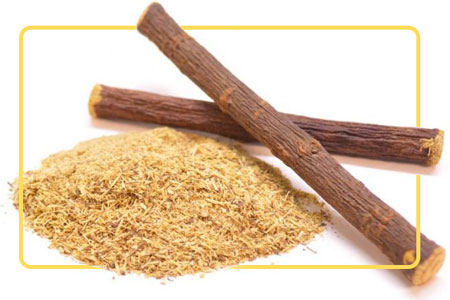
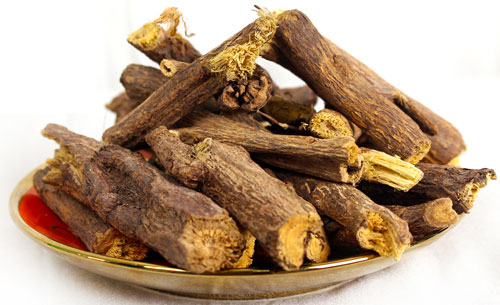
Licorice
Licorice plant has been used by humans for thousands of years. This plant has many uses both in the treatment of some diseases and as a flavor in cooking. In ancient times, licorice root has been used to treat colds and coughs. The active ingredient in licorice is glycyrrhizic acid and glycyrrhizin, which, according to research, is widely used in the treatment of asthma. Due to its very sweet taste, this plant has been used as a sweetener for centuries.

Nigella (Fennel flower)
Nigella is a biennial plant that usually grows to a height of one meter. This plant has straight stems with large leaves. Nigella’s flowers are white and pink in color. This plant has seeds that have many therapeutic uses. The seeds of the Fennel flower plant have a bitter taste and are warm in nature. This seed can be used as a seasoning for cold foods; For this reason, these black seeds are used in the preparation of most pickles and cold-tempered foods. This plant is usually harvested in October.
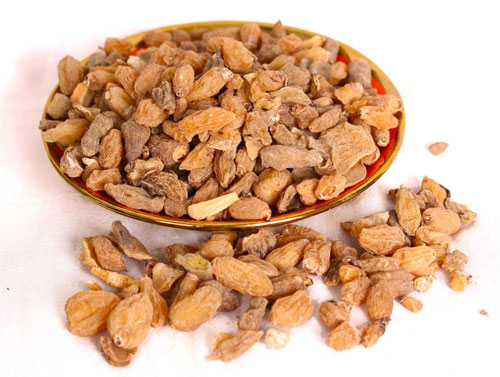
Cinnamon (salep)
Salep is a plant with an underground tuber that has wide and sharp leaves and also flowers in white, pink and purple colors. Salep plant is part of the orchid family, and its underground tuber has many properties in the food and medicine industry. The taste of this substance is bitter and sweet, although its sweet taste is more dominant than bitter. In spring, you can witness the flowering of the salep plant. The tuber of this plant can be harvested in early spring. This plant has a warm and warmer nature. After collecting, the tubers of this plant are dried and then turned into flour. This flour contains albumin, sugar and 30% starch. Salep is used in the production of Arabic ice cream (Boza), Turkish ice cream(Dandorma) and Greek ice cream Kaimaki).
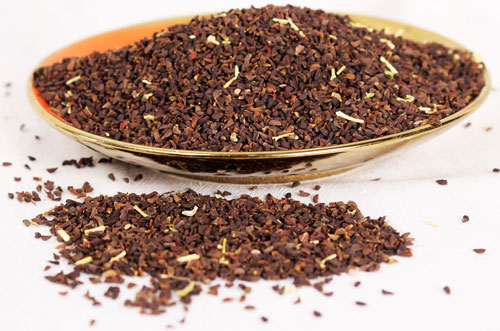
Peganum harmala
Harmala or esfand is a herbaceous and perennial plant that grows up to 60 cm. This plant has hairless stems and pointed leaves. Harmala flowers are white in color and their diameter is maximum 10 mm. The seed capsules of this plant are circular and can contain up to 50 seeds. According to the beliefs of the people of the Middle East, Esfand protects a person from the evil eye or sore eye. Also, they believe that harmala smoke is antiseptic and can disinfect the environment.

Cumin
Cumin is a herbaceous, annual and aromatic plant which grows about 30 to 60 cm. This plant contains narrow leaves and reddish pink flowers that are clustered. The fruit of this plant or cumin contains many medicinal and therapeutic properties. Cumin fruit is usually harvested at the end of summer. There are different types of cumin, but two types of cumin, green and black, are more known and used than other types. The countries of Afghanistan, India, Iran, Uzbekistan, Tajikistan, Turkey, Morocco, Egypt, Syria, Mexico, Chile and China are the largest cumin producers in the world.
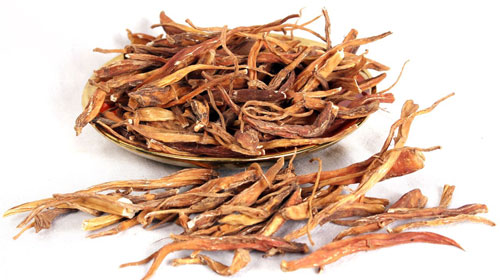
Eremurus
Eremurus is a genus of deciduous perennial flowers in the family Asphodelaceae. They are also known as the foxtail lilies or desert candles It has long and narrow leaves and pink, white, yellow, greenish to brownish green flowers in clusters. The flowering season of Serish is May. This plant has very thick roots. The roots of the plant consist of a number of small roots that are attached to a number of thick roots. It also has fruits. Its fruits are in round capsules. When the fruits are ripe, these capsules split open and the three-sided seeds are visible. There are many types of eremurus and 45 of them have been identified so far.

Boswellia (frankincense)
Boswellia is a genus of trees in the order Sapindales, known for its fragrant resin. The biblical incense frankincense is an extract from the resin of the tree Boswellia sacra, and is now produced also from B. frereana.
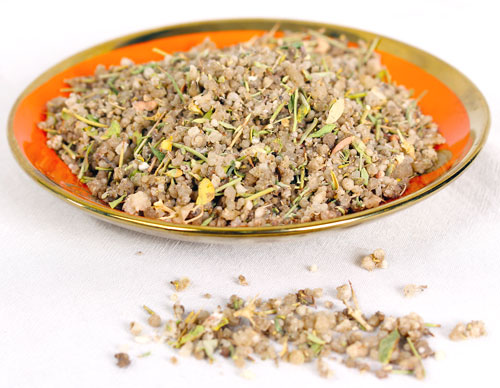
Manna of hedysarum
Manna of hedysarum, is the juice of the leaves and stems of an itchy plant that has many therapeutic uses. This sweet wine is the result of the activity of insects on the alhagi plant and it oozes from the wounds created on the body of the plant and is usually collected after drying. This vegetable sugar has a long history in Asia and it was used as a sugar and sweetener for a long time until the introduction of sugar from sugar cane and beet decreased the consumption of trangbin and today this vegetable product has only medicinal uses. Tangerine contains sugar compounds such as glucose and fructose, sucrose and trisaccharide.
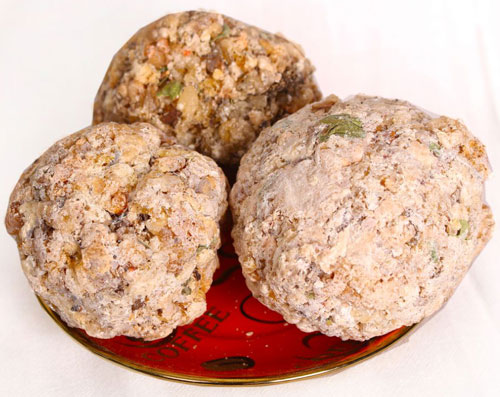
Cotoneaster
Cotoneaster is a genus of flowering plants in the rose family, Rosaceae, native to the Palaearctic region (temperate Asia, Europe, north Africa), with a strong concentration of diversity in the genus in the mountains of southwestern China، Afghanistan and the Himalayas. They are related to hawthorns (Crataegus), firethorns (Pyracantha), photinias (Photinia), and rowans (Sorbus).
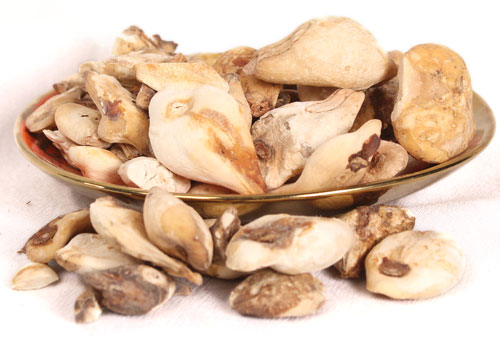
Colchicum autumnale
Colchicum autumnale, commonly called autumn crocus or meadow saffron, is a cormous perennial that typically blooms in early fall. Plants send up only foliage (5-8 lanceolate dark green leaves to 10" long) in spring. Foliage gradually yellows and dies by early summer when the plants go dormant. Naked flower stems (1-6 stems per sheath) rise from the ground to 6-10” tall in late summer to early fall, each stem bearing a star-shaped, lavender-pink to lilac-pink flower. Fall flowers have no foliage, hence the sometimes used additional common name of naked ladies for this plant. Medicinal colchicum and colchicine come from the corms and seeds. The common name of autumn crocus is somewhat misleading because autumn crocus (Colchicaceae family but formerly included in the Liliaceae family) is not closely related to spring crocus (Iridaceae family). Among the differences, the flowers of autumn crocus have six stamens and the flowers of spring crocus have three stamens.
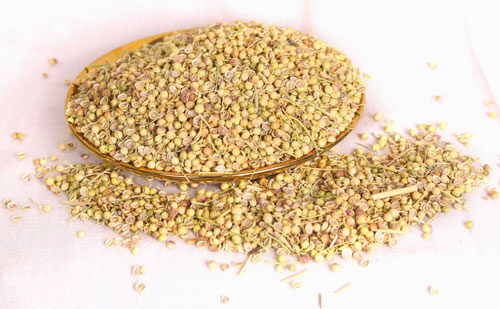
Coriandrum sativum L (parsley)
Coriander has many properties. These properties have made various products of this plant, such as sweat, oil, seeds, widely used in traditional medicine. Antioxidant: Coriander plant is rich in antioxidants, the compounds in it are anti-cancer, strengthen the immune system and protect the nerves. A laboratory study has shown that the antioxidants present in coriander seed extract are effective in reducing inflammation and growth of lung, prostate, breast and colon cancer cells. Lowering blood sugar: Lowering blood sugar is one of the most important features of this plant. This plant leads to this by activating certain enzymes.

Thymus vulgaris
One of the prominent plants in the field of medicinal plants. This plant belongs to the mint family and so far more than 350 different species have been identified in the world, 14 of which are native to Afghanistan. Common thyme plant is the cultivated type of wild thyme (Thymus serpyllum) which is found in nature. The word Thymus in Greek means strength, courage and anger, and naming with these words shows the importance and place of this medicinal plant in the history of medicine. Thyme is a small evergreen shrub that grows to about 30 to 50 cm. The small leaves of this plant are dark green and covered with gray hairs. The flowers of this plant are pink, white and purple. A variety of syrups, tablets, incense, shampoo, cream, ointment, lotion and mouthwash are prepared from this medicinal plant. This plant is also used in the perfume and essential oil industry. About the use of this plant in cooking, it is enough that most southern Mediterranean dishes lose their meaning and meaning without it. In addition to improving the taste of food, this plant also causes better food digestion.

